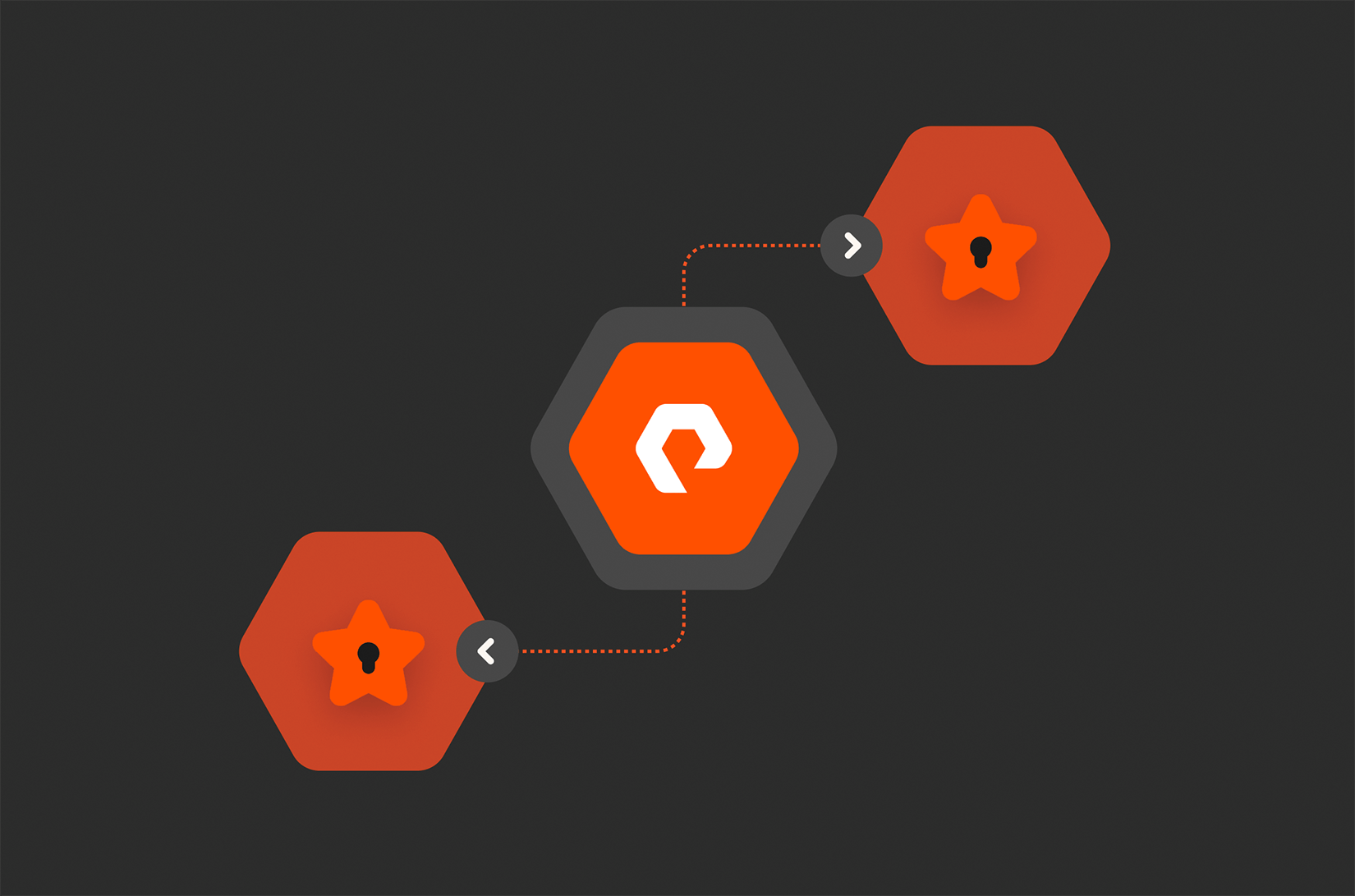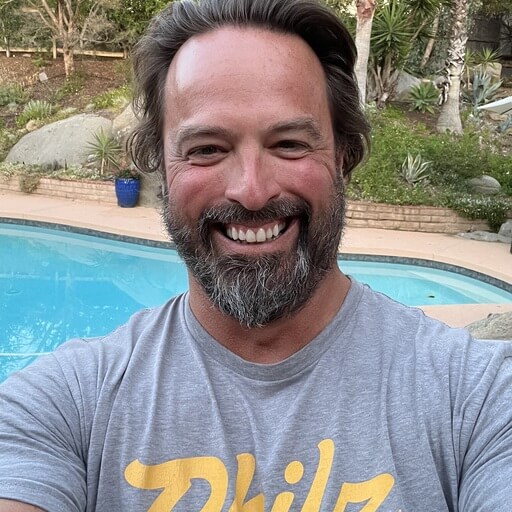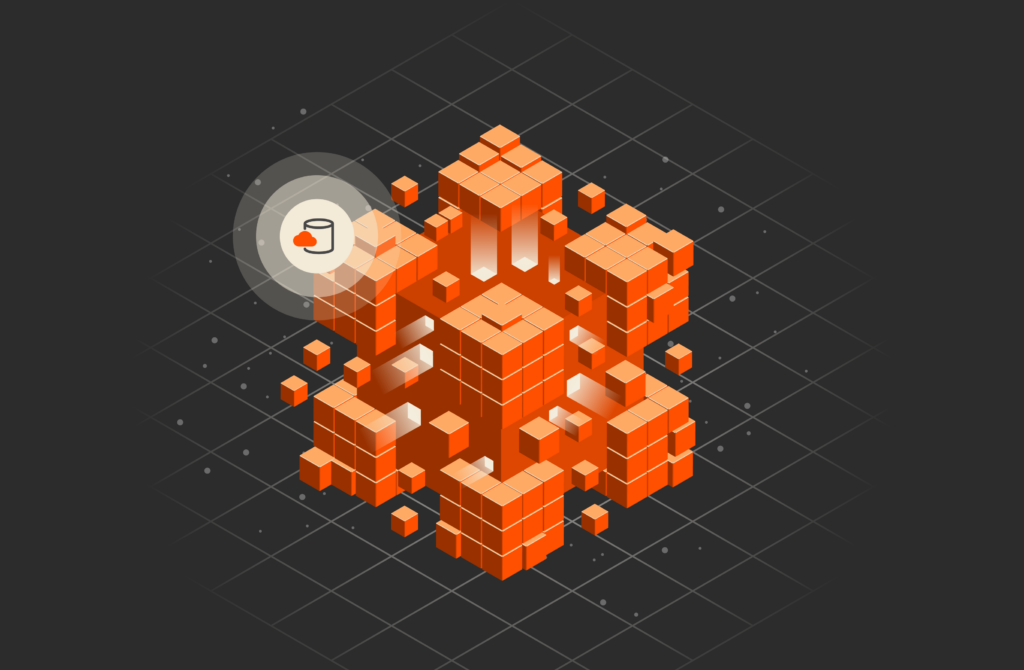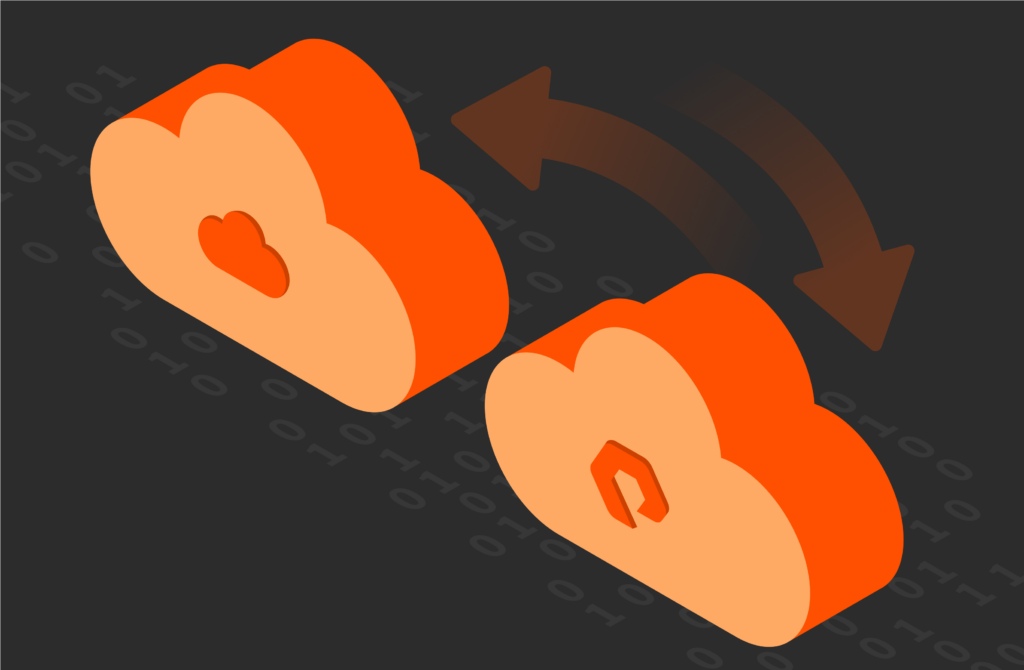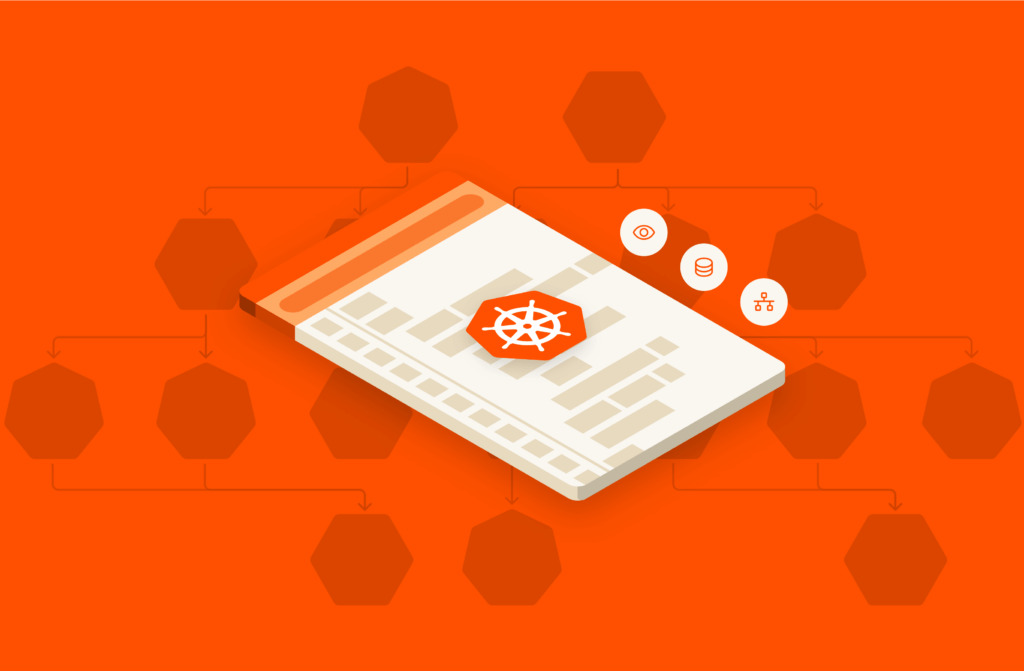Pure Storage was once a startup. We’ve grown substantially since our founding in 2009. For the longest time, we were singularly focused on building the Purity Operating Environment for FlashArray™. As fast as possible, iterate. New features. Bug fixes. Over and over.
We manufacture what is considered the heart of the data center. No point in blazing-fast CPUs or humanity-threatening AI when you can’t store any data. Therefore, some of our customers don’t want to upgrade anywhere near the pace that we’ve been innovating. Some want to upgrade code and then sit on that code for a bit, or a bit more.
Yes, people need security patches, and yes, our software and hardware upgrades are non-disruptive, but some organizations require limited upgrades. There’s also the conventional wisdom “If it ain’t broken, don’t fix it.”
We have a new release model to help clarify our approach, providing two great options:
Two concurrent Purity release lines:
- One new version is based on features. We’ll call this, unimaginatively, the Feature Release (FR) line.
- A second version rolls in the previous FR features and then falls into maintenance mode with only bug fixes and security patches over three years. Guess what we call it? You probably guessed close enough: the Long Life Release (LLR) line.

How do you discern which is which? Easy. Every Purity version consists of three decimal delimited numbers, like 6.4.0 or 6.3.12.
We can represent it as x.y.z. If the middle digit, “y,” is even, it’s an FR version. If it’s odd, it’s an LLR version. So 6.4.10 is an FR and 6.3.13 is an LLR.
Straightforward enough, right?
Because we insist on iteration and continuous innovation, FRs will happen as usual. If you jump into the FR line, you’ll receive monthly feature updates, including bug fixes and security patches. If you’re running unified block and file workloads, for example, and you’re looking forward to taking advantage of file service authentication based on local users, then you can upgrade to 6.4.2. If you have a VMware environment and want to take advantage of VMware datastores on NFSv3 with VM-aware data management, then you can upgrade to 6.4.5 three months later. If you’re looking to enhance security and reduce storage management overhead with NFSv4, then 6.4.10 is available.
All features from an FR line are rolled into subsequent LLRs. If you elect to jump into the LLR line, you’ll not only pick up all of the features from the prior FR line, but you’ll also be supported for three years with fixes and patches over the life span of the LLR line. LLRs can even be upgraded in as soon as 9-12 months with the availability of the next LLR line. If you don’t need, for example, Auto-on SafeMode™ for existing arrays introduced in FR 6.4.10 because you already use SafeMode and would like to stay on an LLR, then you can remain on your LLR.
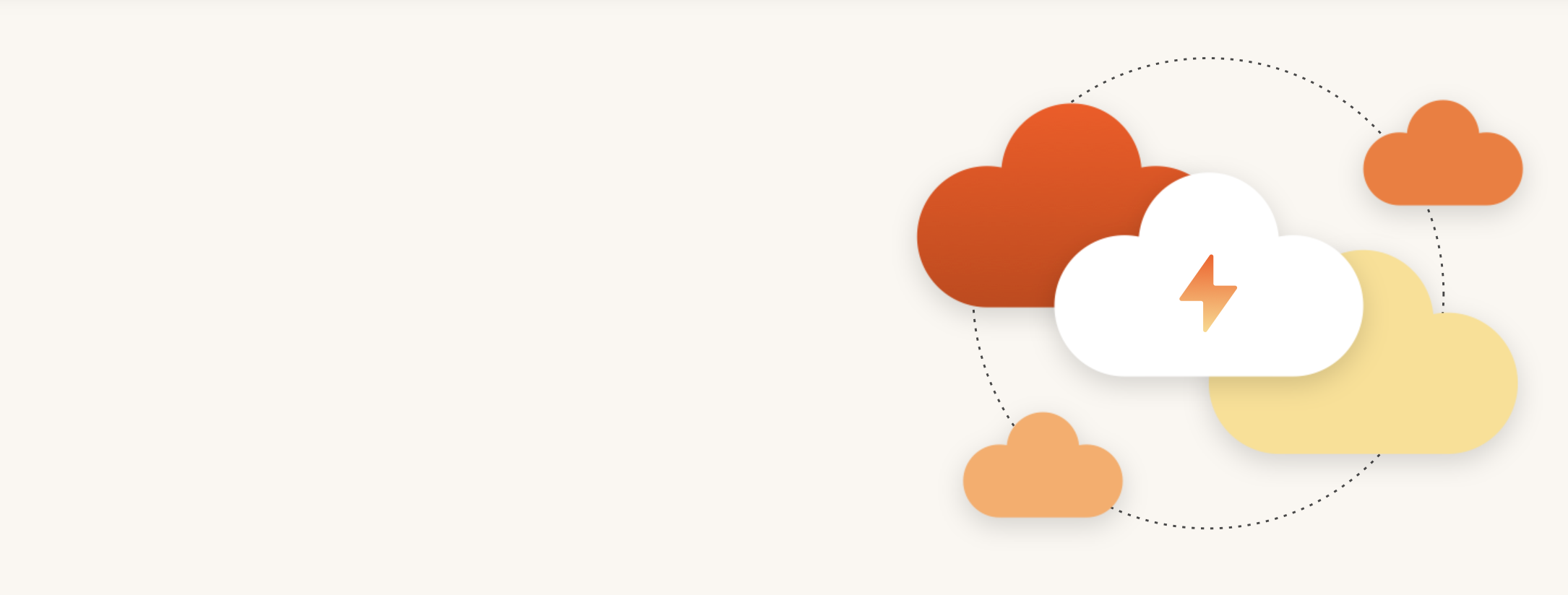
Modern Hybrid Cloud Solutions
Seamless Cloud Mobility
Unify cloud and on-premises infrastructure with a modern data platform.
With the availability of the 6.5 LLR line, you can directly upgrade to it. Purity 6.4.0 also introduced ActiveWorkload, allowing for multiple sync connections between up to five arrays for workload mobility. If you know you’ll be adding new arrays in a year or two and you’ll need to migrate various workloads, then you can wait until Purity 6.5.0, an LLR version, which will inevitably include ActiveWorkload.
If you already have multiple arrays, for example, and you’ll need to migrate various workloads immediately, then upgrading from the 6.3 LLR-based release version to Purity 6.4.0 or the latest 6.4 FR-based release version will include ActiveWorkload that will help with workload mobility. Once the 6.5-based LLR is available, you can jump back into the LLR line for a continuous stream of fixes and security patches over the LLR life span. You can move between LRRs and FRs—no concerns there. The only hard rule is that you can’t downgrade, e.g., move from 6.4.0 to 6.3.10. If you want to move to an LLR, you’ll have to wait for 6.5.0.
Perhaps this is more detail than you need, but the summary is simple: There are two Purity release tracks, one is feature based, and the other is long life based. These releases are denoted by the middle number of each Purity version. Even means features, while odd means you want to sit tight for a while (as long as three years). You can move between release models all you like, but you can’t move down versions. Now you can discern where your arrays sit at the moment and maybe plan ahead a bit easier.
Head over to Pure1® to see which Purity release you’re on and determine which of the latest release versions works best for your organization.

Written By:
Purity//FA Releases
See all of the updates and additions to Purity//FA 6.4 since release.
